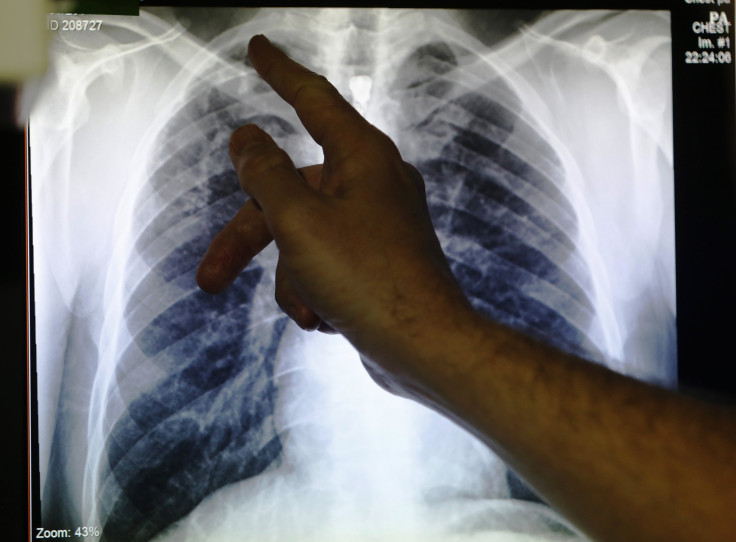Kansas Authorities Identify Cluster Of Active Tuberculosis Cases
KEY POINTS
- They have identified "fewer than 10 patients" so far
- An investigation is already on-going
- The risk to the public is said to be "minimal"
Authorities in Kansas have identified a cluster of tuberculosis (TB) cases. They are already taking important steps to stop the spread of the disease.
The Kansas Department of Health and Environment (KDHE) and the United Government Public Health Department (UGPHD) detected the active TB cases in Wyandotte County, Kansas, according to the press release from the KDHE Wednesday. As of the announcement, "fewer than 10 patients" had been identified.
TB is caused by the bacterium known as Mycobacterium tuberculosis, the U.S. Centers for Disease Control and Prevention (CDC) said. The bacteria can be present in the body without causing illness — this is what's known as latent TB infection, or when the TB germs are essentially "sleeping" in the patient's body because their defenses can protect them from illness. People who have this don't have symptoms and cannot spread TB to other people.
However, they may develop TB disease — when the bacteria become active — if they don't get treated for it or if their immune system can't stop the germs from growing. Someone with an active TB disease may experience symptoms like coughing for three weeks or more, night sweats, chest pain and coughing up blood-colored material. Active TB disease can be spread to other people.
"KDHE and UGPHD are working to ensure that patients are receiving appropriate treatment and to prevent additional cases from occurring," the KDHE noted, adding that it is already coordinating with the CDC. "There is minimal risk to the general public while this investigation takes place."
As TB can spread through the air via prolonged contact, authorities are already working to identify the possible close contacts of each patient so they can be tested for TB "at no cost."
"Active TB disease of the lungs or throat coughs, speaks or sings, the bacteria are released into the air," the KDPHE explained. "TB is not spread by kissing, shaking hands, sharing food, drink or toothbrushes or by touching objects like bed linens or toilet seats."
TB is treatable, the agency clarified.
Check out CDC’s Stop #TB Poster, which includes helpful information about latent TB infection and TB disease: https://t.co/Qrg1k8fg7c pic.twitter.com/oZ4w8bMdKD
— CDC TB (@CDC_TB) May 8, 2023
Cases of TB in the U.S. have been on a steady decline since 1992, according to the CDC. But despite being both preventable and treatable, "too many people still suffer" from it.
The U.S. saw 7,874 TB cases in 2021 and 8,300 cases in 2022, showing a rebound to the pre-pandemic levels.
"Timely diagnosis and treatment of both active TB disease and latent TB infection are critical steps to eliminating TB in the United States," the CDC noted.

© Copyright IBTimes 2024. All rights reserved.






















